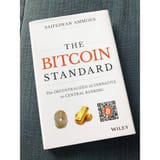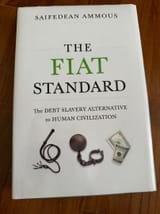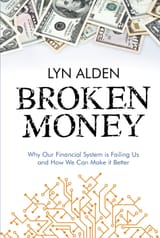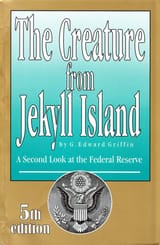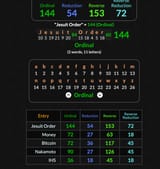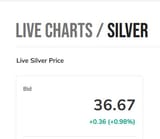Anonymous
ID: DZf0cUS2
7/10/2025, 8:30:47 PM No.510029297
It’s clear that as of 2025, /pol/ still doesn’t get economics or finance. This post is for you, from /biz/. I’m offering real economic red pills, not financial advice, not an ideology pitch. Just truth. Non-mainstream. Non-establishment.
What is money? At its core, money is just the most tradable good in any given market. Throughout history, different cultures have used everything from feathers to massive stones as money. But over time, two dominant types of money have emerged: credit and precious metals.
Credit is ancient. Even before we were fully human, early primates kept social “accounts” based on reputation. This is the root of social credit. Precious materials like gold and silver also emerged due to their inherent scarcity and desirable properties.
What makes money “good” or “bad”? Why gold and not feathers? In simplified form: trust and scarcity. Credit-based money relies on the issuer’s credibility. Feathers? Too easy to produce. Grain? It spoils. But gold? Gold doesn’t rot. It can’t be faked. It’s workable, divisible, and rare. That’s why it dominated global finance for centuries. Even the US dollar was gold-backed until 1972.
But gold had a fatal flaw: it gets centralized. In medieval England, goldsmiths stored others’ gold in secure vaults. Eventually, instead of trading the gold directly, people just traded the receipts the early version of paper money. It was easier and safer than carrying metal coins. But you still had to trust the goldsmith not to screw you over.
By the mid 1800s the telegraph arrived, communication suddenly moved much faster than gold could. You could make a deal between New York and London in hours, but shipping the actual gold took weeks. So central banks emerged over time more powerful and credit systems. Paper notes were created, supposedly backed by gold, to grease the wheels of commerce.
What is money? At its core, money is just the most tradable good in any given market. Throughout history, different cultures have used everything from feathers to massive stones as money. But over time, two dominant types of money have emerged: credit and precious metals.
Credit is ancient. Even before we were fully human, early primates kept social “accounts” based on reputation. This is the root of social credit. Precious materials like gold and silver also emerged due to their inherent scarcity and desirable properties.
What makes money “good” or “bad”? Why gold and not feathers? In simplified form: trust and scarcity. Credit-based money relies on the issuer’s credibility. Feathers? Too easy to produce. Grain? It spoils. But gold? Gold doesn’t rot. It can’t be faked. It’s workable, divisible, and rare. That’s why it dominated global finance for centuries. Even the US dollar was gold-backed until 1972.
But gold had a fatal flaw: it gets centralized. In medieval England, goldsmiths stored others’ gold in secure vaults. Eventually, instead of trading the gold directly, people just traded the receipts the early version of paper money. It was easier and safer than carrying metal coins. But you still had to trust the goldsmith not to screw you over.
By the mid 1800s the telegraph arrived, communication suddenly moved much faster than gold could. You could make a deal between New York and London in hours, but shipping the actual gold took weeks. So central banks emerged over time more powerful and credit systems. Paper notes were created, supposedly backed by gold, to grease the wheels of commerce.
Replies:

